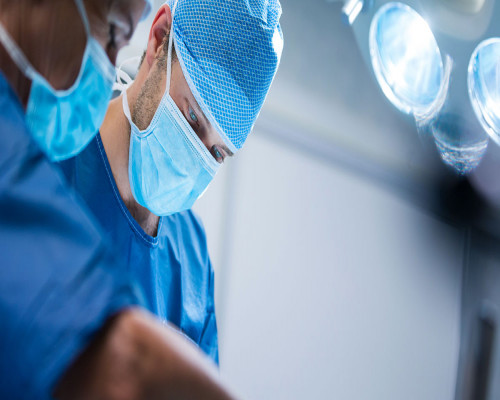
How Orthopaedic Locking Plates Brought a Revolution in Surgeries
What are Orthopedic Plates?
Plates are fracture external fixation devices. These consist of plates along with screws. The screws are basically used to fix the plates in their correct position without any failure. With screws, these plates do not get loose and fall apart.
Why are they needed?
Plates are used for treating fractures. these Plates are a common way of treating fracture when there are no other ways to treat a bone fracture. Each human body has a different requirement and is different from others. It is essential for doctors to make the right choice for your skeletal structure. Locking plates if attached properly can help significantly in the healing of the bones. Its mechanism is very efficient in surgeries and makes the doctor's life easier.
How are orthopedic plates used for treating patients?
For plates to serve their purpose, it is essential they are of appropriate width and length according to the bone for which they will be used. When the plates are inserted, it must be checked they are neutralizing all the forces like compression force, bending force, etc. Plates are applied to reduce the gap between bones at the fracture site and provide rigid fixation. these are especially helpful for patients with osteoporosis and fractures with multiple segments.
When are orthopedic plates used?
- Any fracture
- Poor bone quality
- comminuted fractures
- juxta-articular fractures
- MIPO candidates
- revision fractures
How helpful Locking plates are to a Surgeon?
When we use the screws into the plate, locking plates do not compress the periosteum and bone is not pre-stressed. With traditional plating, the surgeon can use a well-contoured plate to help reduce a fracture and the plate then maintains the reduction as compression occurs between plate and bone. Plate contour is not critical for fixation and locking screws will not reduce the fracture. The surgeon should first reduce the fracture or fusion site and then fixate the site. These are the biomechanical features that differentiate from the standard plates.
Conclusion
It is rightly believed to make surgical life easier. It is believed that orthopedic plates are the most significant advancement in orthopedic surgery in the last 25 years. There are so many medical industries but what makes GWS special is the superior quality and design of the locking plates we offer to our clients.
Leave a Comment
© Copyright © 2024 gwsmed.com | GWS Surgicals LLP. All rights reserved.
| |




Comment (0)
No Comments Yet. Be the first one.